
Published in the United States of America
by Cherry Lake Publishing
Ann Arbor, Michigan
www.cherrylakepublishing.com
Printed in the United States of America
Corporate Graphics Inc
September 2011
CLFA09
Consultants: Peter Barnes, assistant scientist, University of Florida; Gail Saunders-Smith, associate professor of literacy, Beeghly College of Education, Youngstown State University
Editorial direction:
Lisa Owings | Design and production:
Craig Hinton |
Photo credits: Paul Topp/Dreamstime, cover, 1; Dreamstime, 5; AP Images, 7; Levent Konuk/Shutterstock Images, 8; Aspen Photo/Shutterstock Images, 11; Richard Paul Kane/Shutterstock Images, 13; Fotolia, 14 (inset); Shutterstock Images, 14, 20; Ljupco Smokovski/Shutterstock Images, 16; Jarvis Gray/Shutterstock Images, 19; Victor Burnside/Dreamstime, 23; Brett Mulcahy/Shutterstock Images, 24; Mana Photo/Shutterstock Images, 27
Copyright 2012 by Cherry Lake Publishing
All rights reserved. No part of this book may be reproduced or utilized in any form or by any means without written permission from the publisher.
Library of Congress Cataloging-in-Publication Data
Hirsch, Rebecca E.
Science lab. Motion and forces / by Rebecca Hirsch.
p. cm. (Language arts explorer. Science lab)
Includes index.
ISBN 978-1-61080-205-5 ISBN 978-1-61080-294-9 (pbk.)
1. Force and energyJuvenile literature. 2. MotionJuvenile literature. I. Title. II. Title: Motion and forces.
QC73.4.H57 2011
531.6dc23
2011015130
Cherry Lake Publishing would like to acknowledge the work of The Partnership for 21st Century Skills. Please visit www.21stCenturySkills.org for more information.
TABLES OF CONTENTS
You are being given a mission. The facts in What You Know will help you accomplish it. Remember the clues from What You Know while you are reading the story. The clues and the story will help you answer the questions at the end of the book. Have fun on this adventure!
YOUR MISSION
You cant see forces, yet nothing happens without them. Forces are pushes or pulls, and they make objects move in different ways. Your mission is to investigate forces and how they create motion. What forces do you make? What forces are at work on you? How do forces affect the motion of cars, baseballs, bicycles, surfboards, and roller coasters? Read the facts in What You Know and start learning about the dynamic world of motion and forces.
WHAT YOU KNOW
 Matter is anything you can touchwood, water, grass, metal, and even air. All matter is made of tiny particles called molecules.
Matter is anything you can touchwood, water, grass, metal, and even air. All matter is made of tiny particles called molecules.
 Mass is the amount of matter in an object. A heavy object has a greater mass than a light object.
Mass is the amount of matter in an object. A heavy object has a greater mass than a light object.
 Forces are the pushes and pulls that act on people and object. You cant see forces, but you can feel them.
Forces are the pushes and pulls that act on people and object. You cant see forces, but you can feel them.
 Speed tells us how fast an object is moving. It is the distance traveled in a certain period of time, such as miles per hour or feet per second.
Speed tells us how fast an object is moving. It is the distance traveled in a certain period of time, such as miles per hour or feet per second.
 Acceleration is a change in speed. It happens when an object slows down, speeds up, or changes direction.
Acceleration is a change in speed. It happens when an object slows down, speeds up, or changes direction.

Chlo Reynolds is a reporter from ScienceFUN magazine. She is part of a team that has been sent to investigate motion and forces. Carry out your mission by reading her journal.
We start our investigation in Minnesota with a visit to Dr. Bob MacAllister. He is an automotive engineer, a scientist who designs cars. He walks us through the big garage that is his laboratory.
The first thing you need to learn about motion is something called inertia , says Dr. MacAllister. Inertia means that an object that is not moving will not start moving by itself. It will stay at rest. Inertia also means that a moving object will not stop, speed up, or change direction unless something makes it. Anytime you see something change its speed or direction, you can be sure there is a force behind it.
NEWTONS LANS
In 1687, Isaac Newton presented the three laws of motion he d discovered. Inertia is Newtons first law of motion. Newtons second law says the amount of force needed to move an object depends on the mass of that object and the objects acceleration. Newtons third law says that when an object is pushed, that object pushes back with equal force. When you walk, your foot pushes against the ground, and the ground pushes back with equal force on your foot.

We learn from Dr. MacAllister that inertia governs the way all objects move. If you place a soccer ball on the floor, it will not move unless something pushes or pulls it. The ball has inertia.
We are curious to learn more. How do scientists know that an object will keep moving unless something acts on it?
Dr. MacAllister takes us for a car ride to show us inertia in action. After weve been driving for a while, he says, Right now we are cruising along at about 30 miles per hour (50 kmh). This car has inertia and so does your body. That means you and the car will both keep moving at this speed. But what happens if I accelerate to 50 miles per hour (80 kmh)? He steps on the gas, and we feel our backs press into our seats. Your body will keep moving at the slower speed until the car seat forces you forward. You feel as if you are pushed back against the seat. The reason is inertia. We keep speeding along until a traffic light in front of us turns yellow.
Lets see what happens when I step on the brakes, says Dr. MacAllister. We giggle as we are all thrown forward against our seat belts. As you noticed, your body keeps moving along at the faster speed until something stops it. In this case, that something was your seat belt.

The situation can become dangerous when you are in a car going fast, and the car suddenly collides with something. Your body will keep going until something stops it. If you are not wearing a seat belt, that something could be the windshield. But a seat belt protects you, safely stopping your body from continuing forward. I tighten my seat belt a little.
Back at the garage, Dr. MacAllister tells us that he is working on designing better brakes for cars. Brakes work by using friction. Friction is the force created when two things rub together. When the driver hits the brakes, pads come down to squeeze against the wheels rotors. Friction between the brake pads and the rotors slows the car down.






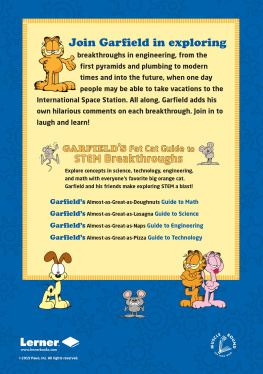
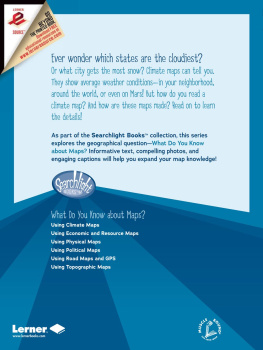
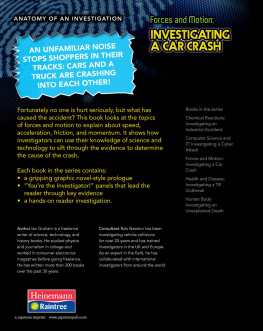
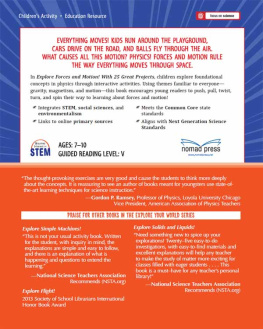
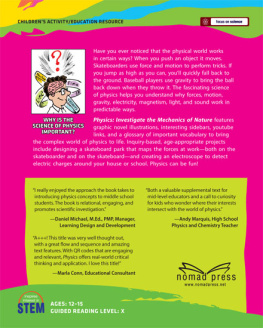
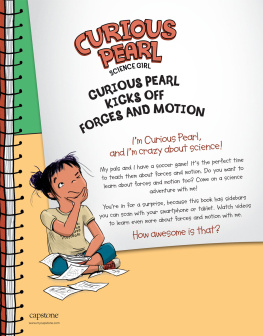

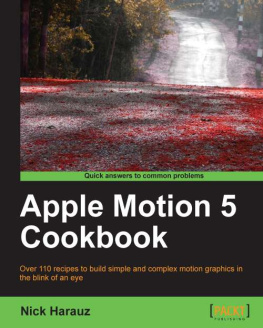
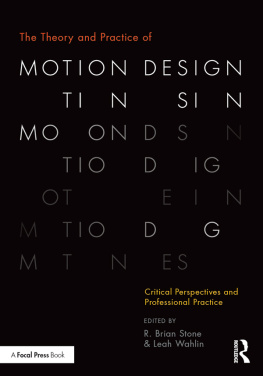
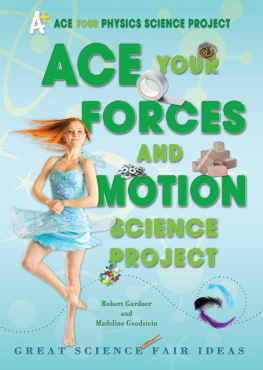


 Matter is anything you can touchwood, water, grass, metal, and even air. All matter is made of tiny particles called molecules.
Matter is anything you can touchwood, water, grass, metal, and even air. All matter is made of tiny particles called molecules.

